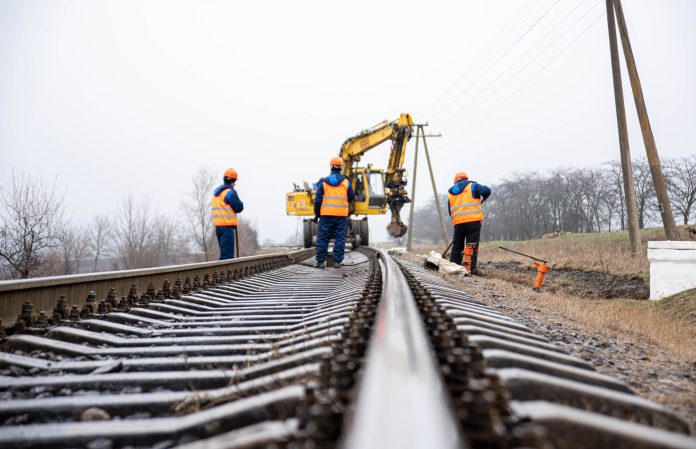 Two railway sections in the Republic of Moldova will receive European funding to be rehabilitated for freight transport from Ukraine.
Two railway sections in the Republic of Moldova will receive European funding to be rehabilitated for freight transport from Ukraine.
Two railway sections belonging to the North-South Rail Corridor of the Republic of Moldova will be rehabilitated and the total value of the project is EUR 71 million. The project will be implemented with financial support from the European Union and the European Bank for Reconstruction and Development (EBRD).
The European Bank for Reconstruction and Development (EBRD) and the European Commission have approved a financial package in which the EU will provide a EUR 20 million investment grant for a project to rehabilitate two key sections of railway lines in Moldova. The EBRD will provide the Moldovan government with EUR 23 million. A further EUR 28 million of the EUR 71 million project costs will be supported by the Moldovan State Railway Enterprise (Calea Ferată din Moldova).
“The funding package for the rehabilitation of two railway segments will boost the economy. The improvements will facilitate the transport of goods from Ukraine to the European Union via Moldova,” the EBRD release said. The Republic of Moldova and Ukraine have been granted EU candidate status in 2022.
Moldova’s rail network in advanced state of disrepair
The railway network in the Republic of Moldova totals only 1,151 km, of which only 14 km are standard gauge (1435 mm) and the rest are Russian wide gauge (1520 mm). Not a single kilometre is electrified, with trains powered exclusively by diesel locomotives.
However, this small-scale rail network is in an advanced state of disrepair, which has prompted the Chisinau authorities to conduct numerous modernisation projects over the past decades. According to the Development Programme for 2018-2030, the total investment needs in the railway infrastructure of the MRC, calculated up to 2024, was 305.9 million euros. However, since the document was drawn up, the price of materials and the cost of labour have increased and the deterioration has continued, so the figure put forward four years ago is no longer relevant.
Share on:



